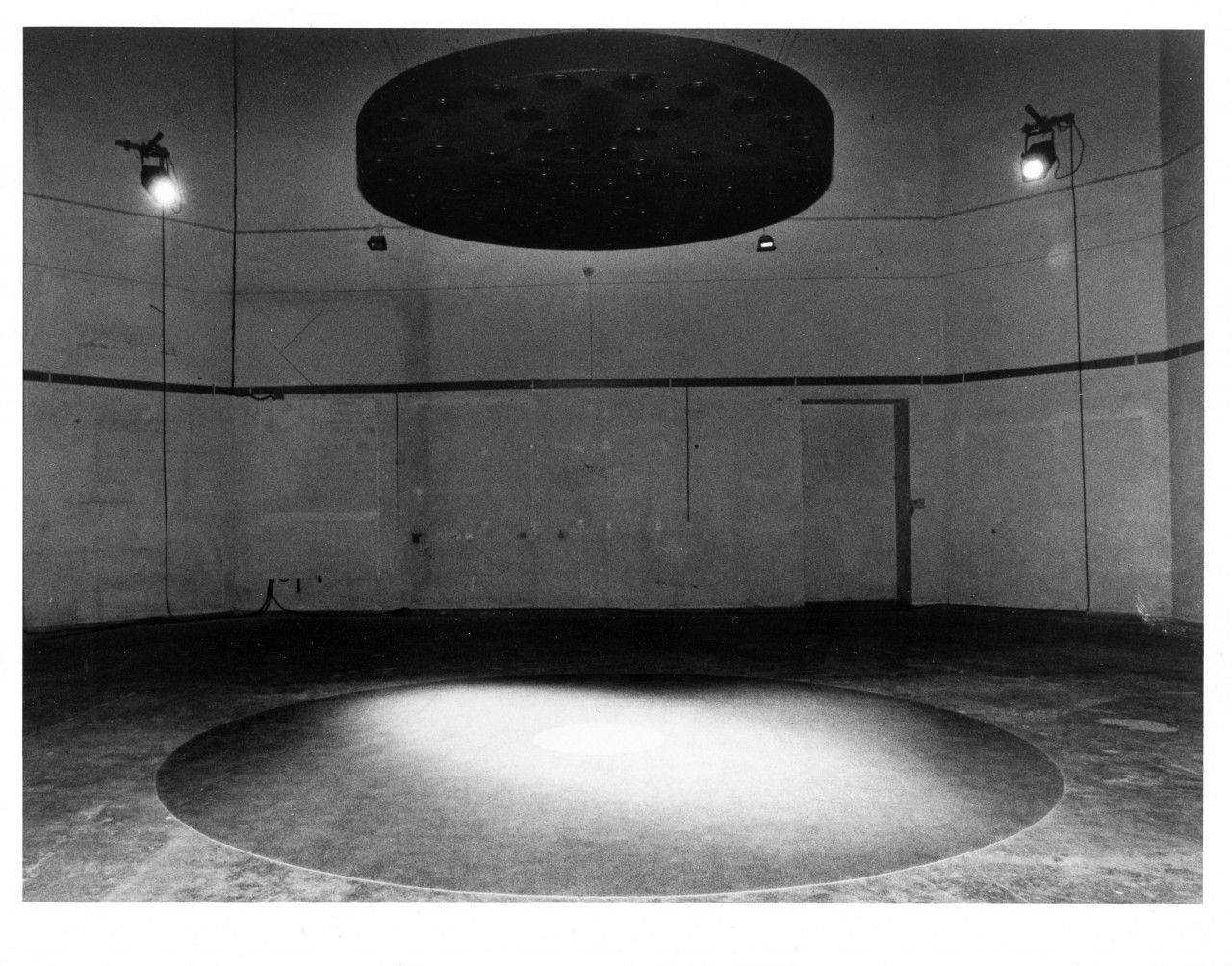September 19 – November 7, 1998
Curated by Claudia Gould, Director
Laurie Anderson: Whirlwind was the inaugural exhibition of Artists Space’s 25th Anniversary season, occupying both the Main Gallery and the Project Space. In 1973, Vito Acconci had selected Laurie Anderson to exhibit at Artists Space. 25 years later, the trans-disciplinary artist returned to the space with 14 works in different media, including audio and video installation, sculpture, and performance.

